Schools of the Past: Coventry Districts 1 and 2
After a brief hiatus it is once again time to return to the history of the “schools of the past” of Chenango County. The districts that will be written below are District #1 (Church Hollow) and District #2 - Coventryville.
DISTRICT #1 - CHURCH HOLLOW
The above number district was a joint district with the Afton and was the subject of the article written and published December 10, 2009. As a refresher of the scant information that was available this joint district school was located near the intersection of County Route #35 and what is now known as the Ives/Stone Hill/Church Hollow roads. Again it is regrettable that no photo exists of this early educational building. In the previous article this writer did relate the description of the schoolhouse that the former teacher Isabel Meek wrote and that this schoolhouse had a certain claim to fame as Sara Rosetta Wakeman first worked as a coal handler on a canal boat on the Chenango Canal. She would later enlist in the 153rd New York State Volunteers on August 30,1862 as Pvt. Lyons Wakeman, posing as a male during her whole military service. She passed away June 19,1864 in a New Orleans hospital of chronic diarrhea which research has revealed was quite a common cause of death during the Civil War.

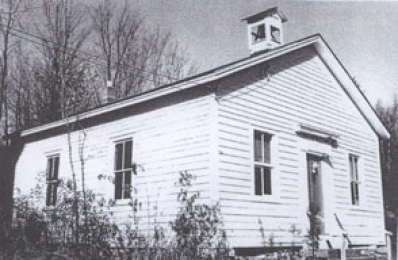

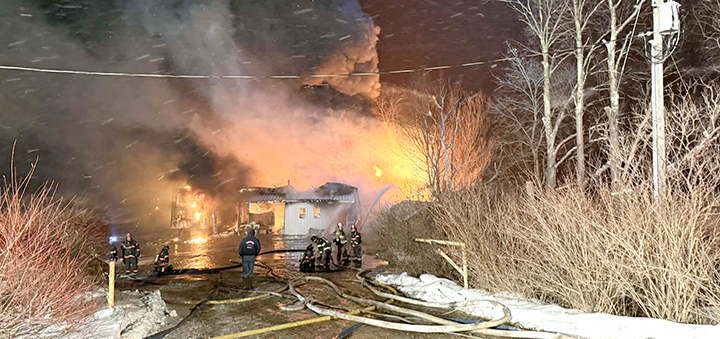
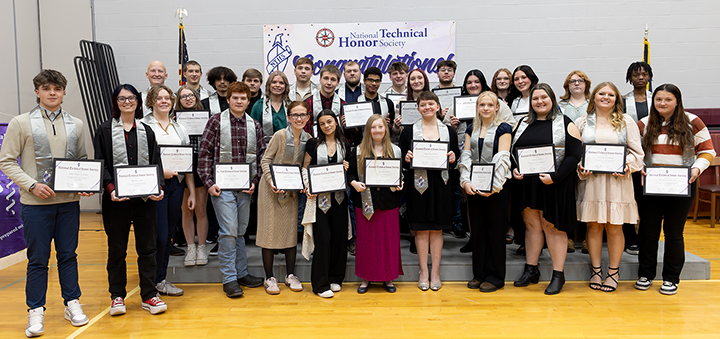
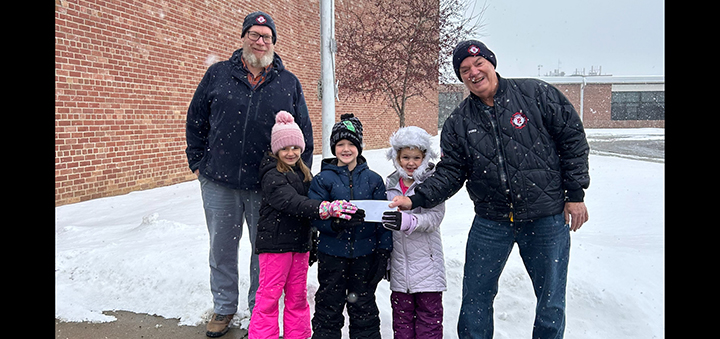
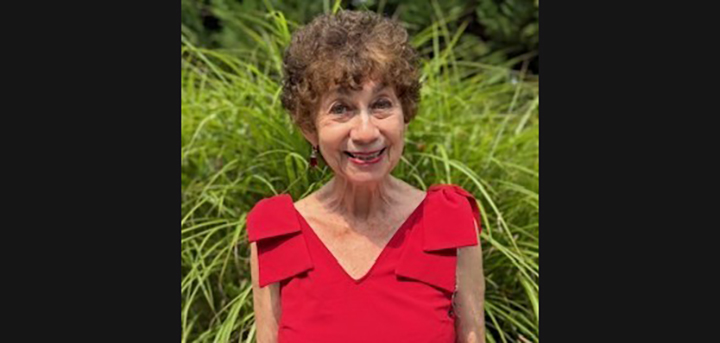

Comments